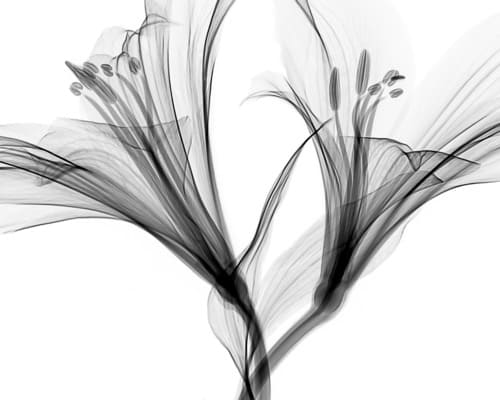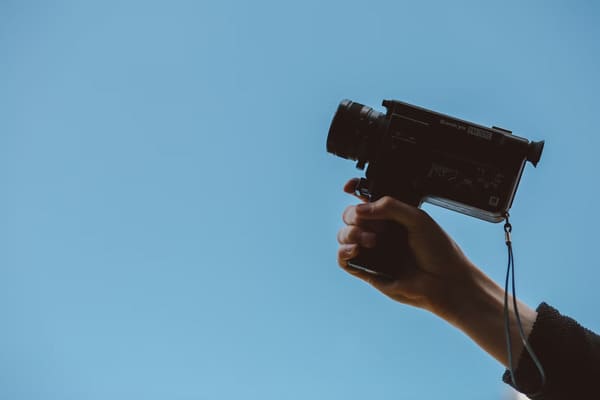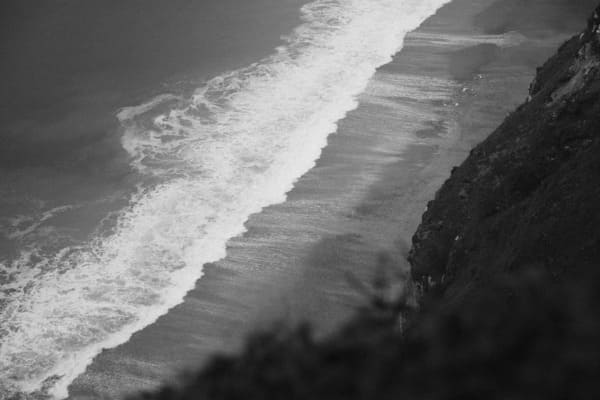Black and White Film and Photography – A Guide to Black and White

There are many photographers and videographers who choose to shoot in black and white in the modern age.
Even though we live in a world of color, and there are bright and vivid HDR colors available for every single visual project out there, there are plenty who choose to strip it back to black and white.
For photographers, the use of 35mm black and white film photography is still fairly common among a certain type of photographer, legendary cameras like the Leica M2 can produce some amazing results, all while using 35mm film black and white photography.
There are also certain uses where 35mm film can be used for video too, but using the film for black and white photography is far more common.
In this guide, we’re exploring both black and white photography and videography. Why have these different ways of shooting remained popular in the age of high definition and much more advanced methods of shooting?
Why People Shoot in Black and White

When you start any video project, Insight Studios knows that it is all about coming up with an appropriate strategy and concept to go to market with.
This means having a clear idea of how you would like your video project to look. Undeniably, black and white videography as well as black and white film photography can stand out, it is different from the method that most people are currently using and this means it is a chance to stand out and show the world that you are a little bit different.
Reasons for using black and white include:
- To help to set a film or photograph in a certain “era”. This is a unique way to date your video footage in a way that you can’t do quite so well with effects. Of course, post-production means that you can turn any footage into black and white, but this isn’t the best way of doing it. Using the best film for black and white photography and historic 35mm methods provides far more authentic results.
- To strip the film back to its message. A lot of people like to use black and white to keep the focus away from the impressive visuals and instead focus more on the message of the film. It can be a way to create a more minimal look and feel .
- To remove distractions. This is particularly true when it comes to black and white photography. Fewer colors means that there are fewer things to divide your attention, helping people to docs on the image itself, its composition, subject, and even structure.
- Setting the mood. When people sit down to watch a film or even view an art exhibition, black and white gives a certain level of expectation. Firstly, it can provide a feeling of a more “artistic” movie as it has been shot in a very deliberate way. Often, black and white can be used to provide certain genres of film with their atmospheric film. Film noir is an extreme example, but a lot of films that add mystery or even horror can use black and white in a creative way.
Every artist, whether shooting still photography or video, will have an image in their head about what sort of look a film should have. If someone has the spark of an image in their head that is in black and white, they will likely want to stay true to this image.
If you look at the Insight Studios portfolio you will see that use of color is one of the biggest skills we have. The ELEIN Watches Demo Commercial we have produced is a wonderful example of using colors sparingly. While it is not in black and white, it does provide a desaturated film with a limited color palette which allows the viewer to focus on the product itself.
Shooting in Black and White or Editing Footage?
A lot of people may be wondering why you would ever choose to shoot in black and white when you can simply add an effect during post production.
The effect will not recreate the look and feel of 35mm film. The best camera for black and white film photography or video photography will make use of 35mm film. For a long time, this was the industry standard.
In 1903, the first feature-length film to have a full narrative was released having been shot on 35mm film. The Great Train Robbery has gone down in history as being one of the most influential moments in cinema.
Since then, there have been a huge amount of films that have been shot on the format. When it was eventually gradually replaced by other methods of shooting, 35mm didn’t totally disappear and it may still be used to shoot movies.
In film and video, many directors still use this method, and it gives a certain look and feel to their productions. Wes Anderson is famous for using film to shoot his movies. The majority of his recent movie, The French Dispatch, is in black and white. This is both a stylistic decision rather than a functional one. Anderson’s director of photography explained in an interview “The disadvantage is that we shoot [Kodak Vision3 200T] 5213, which is [ISO] 200!”—i.e., requiring more lighting than, say, the oft-used Arri Alexa digital camera, which is rated at ISO 800 (the higher the ISO, the less light is needed). So, we needed more light, particularly for nights and interiors, although we didn’t have to break our rule about ’fewer lights and light stands’ that often on this picture—only occasionally.”
Examples of Black and White

There are some stunning examples of black and white film photography and video. These show the benefits of using black and white film for video and for stills.
A photographer like Ben MacMaster is a great example of some of the excellent images that can be produced on 35mm film, and he even has a huge selection of black and white photographs.
Whether shooting things like landscapes, portraits, or even interesting architectural pictures, the use of film and black and white is masterful and keeps your attention on the specific subject of the image.
Black and White Movies
Here are some great examples of the use of black and white, and often film photography using 35mm film, within some modern movies.
Scales
This film premiered at the Venice International Film Festival Critics’ Week, where it won the Verona Film Club award. This was made by Shahad Ameen and became a global sensation.
The film covers some sad themes and this is excellently represented by the lack of color used throughout. It has an artistic feel to it and follows the story of a young woman in a fishing village with dark traditions.
Roma
Roma was a huge favorite among award ceremonies upon its release and was made by Alfonso Cuaron. The story is a fictional depiction of the real environment that Cuaron grew up in, in Mexico City in the 1970s.
It features a tender, family storyline as well as a depiction of the civil and political unrest in the region at the time.
On the use of black and white, Cuaron has openly discussed his use of these techniques:
“I would refrain from that classic, stylized look with long shadows and high contrast, and go into a more naturalistic black-and-white. I didn’t want to try to hide digital in a ‘cinematic’ look but rather explore a digital look and embrace the present.”
Roma went on to win a huge number of awards, partially due to its innovative shooting style and look.
Raging Bull
Going back to the 80s for another film with exceptional use of black and white techniques. This movie was made by iconic director Martin Scorsese. He is said to have gone to some boxing matches as part of his research for the film, and upon seeing the blood and sweat of the matchups he decided to shoot this biopic in black and white. It also gave more of a realistic feel of the footage that Jake LaMotta’s career was largely shot in.
Robert De Niro played the boxer and turned in an award-winning performance as LaMotta. The minimalistic style has a real level of humanity and intelligent design to it which helps give the movie a distinct style. This was at a time when the majority of films were trying to embrace color and Scorsese cleverly used black and white to give the atmosphere required for this film.
Summary: Another Tool For Video and Photo
Working in the visual arts, it is important to realise that there are so many different methods and ways to make a success of video projects. Some projects call for vivid colors and HD footage, but others may benefit from a more analog look, which means that shooting on 35mm film or black and white could be the perfect solution.
At Insight Studios, we’re always looking for fresh and exciting angles and working with clients to bring their dreams into reality. Ready to move your ideas forward? Reach out to Insight Studios today.